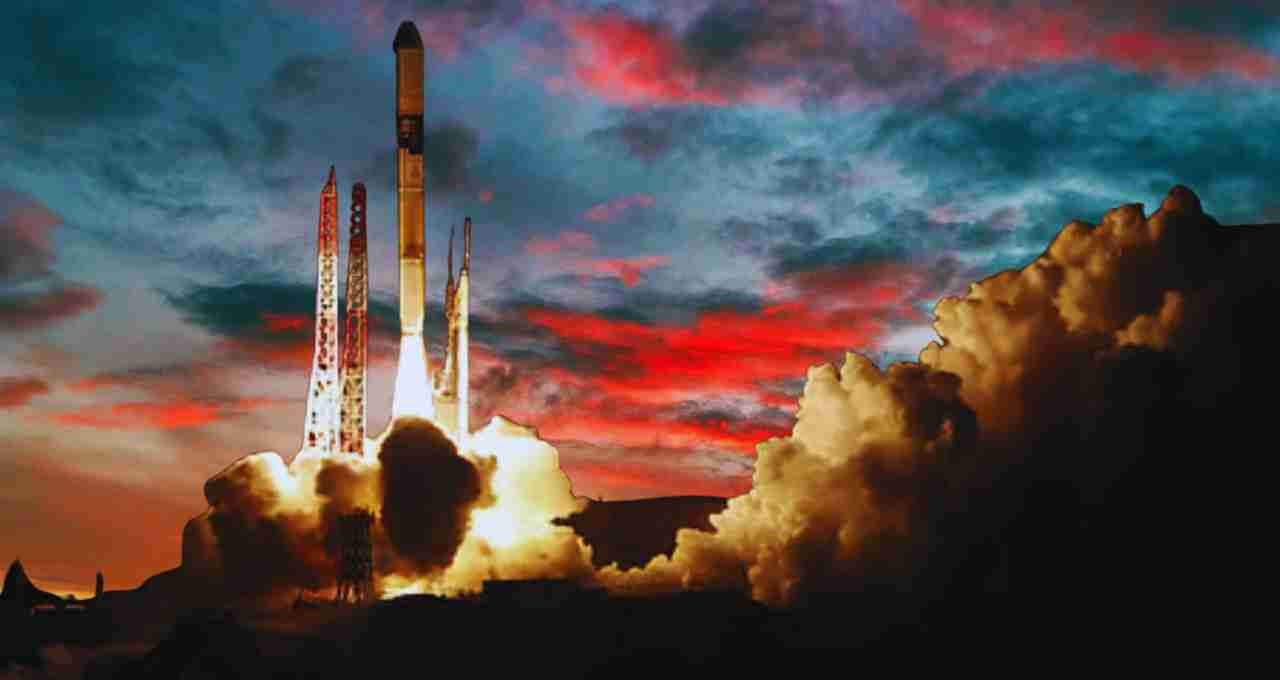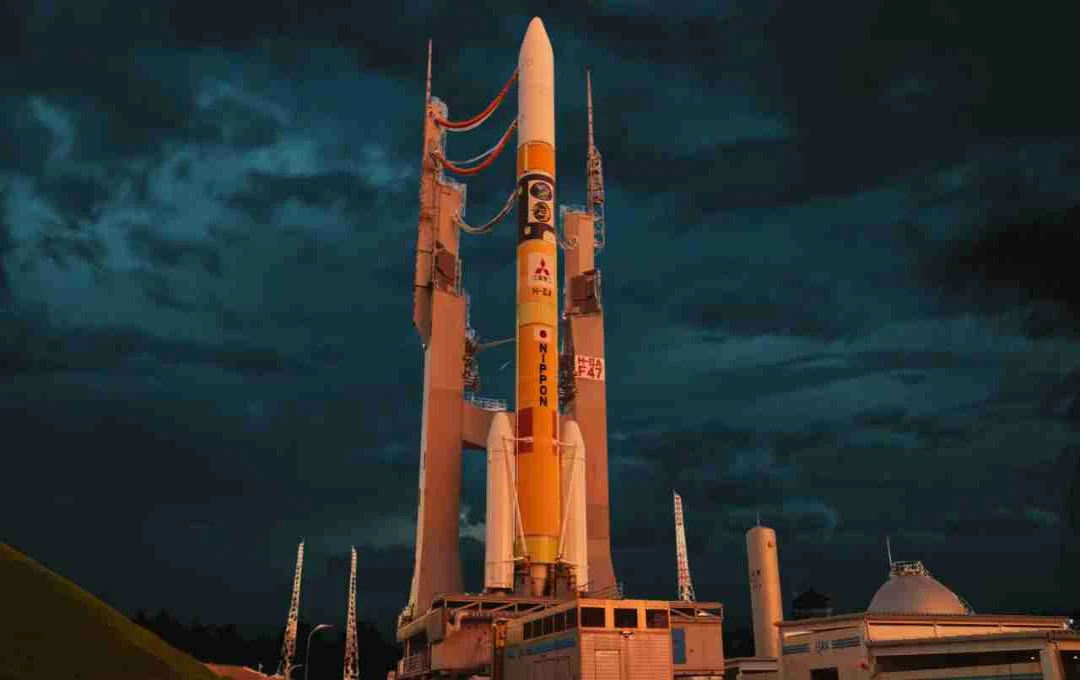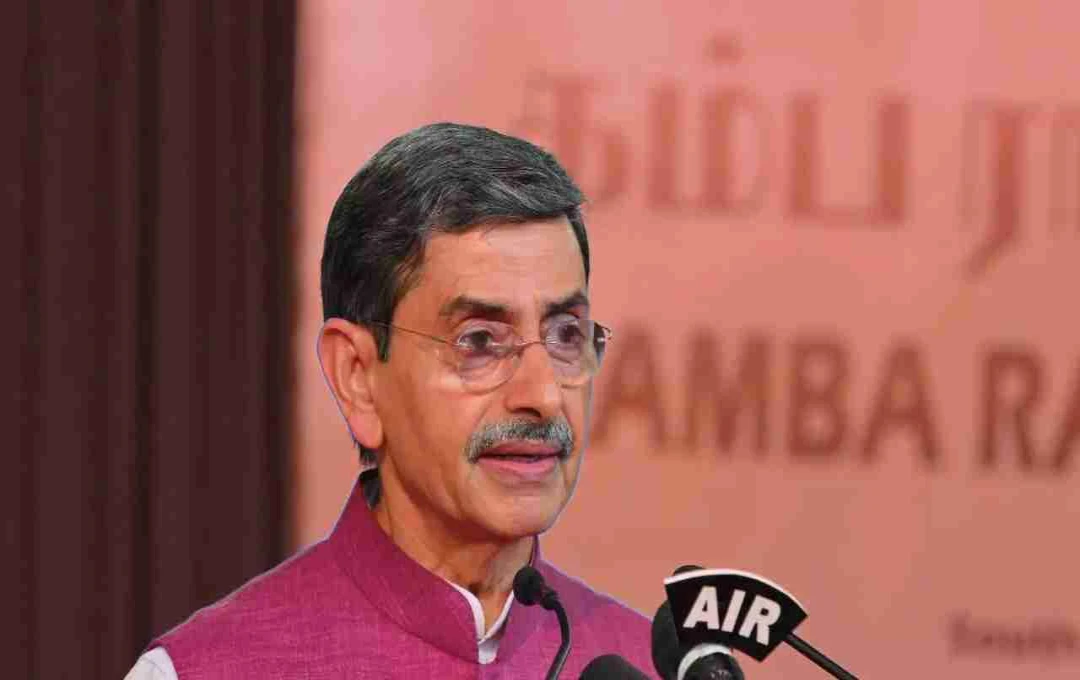Japan has launched a new chapter in climate and ocean monitoring by successfully completing the final mission of the H-2A rocket with the GOSAT-GW satellite.
H-2A: Japan has taken a major scientific leap to monitor climate change and the marine environment. On the night of June 28, 2025, the Japan Aerospace Exploration Agency (JAXA) successfully completed the final, 50th mission of its renowned H-2A rocket. This launch included the GOSAT-GW (Greenhouse Gases Observing Satellite - Greenhouse gases and Water cycle) satellite, designed to monitor greenhouse gases and ocean temperatures, into space.
This historic launch took place from the Tanegashima Space Center in Japan at 10:03 PM (Indian Standard Time). With this mission, the successful journey of the H-2A rocket came to an end, which has given new heights to Japan's space ambitions for more than two decades.
GOSAT-GW: A Dual-Purpose Modern Satellite
The GOSAT-GW satellite has been specifically designed for two main objectives:
1. Accurate Monitoring of Greenhouse Gases
The Greenhouse Gases Observation Sensor (TANSO) installed in the satellite will track the activities of gases such as carbon dioxide (CO₂) and methane (CH₄) present in the Earth's atmosphere. This data will prove to be extremely useful for measures to tackle global warming.
2. Monitoring of Water Cycle and Ocean Temperature
The second instrument, called the Advanced Microwave Radiometer (AMSR), will observe things like sea surface temperature, rainfall, sea ice, and humidity. This will help in understanding the changes occurring in the climate cycle.
GOSAT-GW: The Next Step for IBUKI and SHIZUKU

The GOSAT-GW satellite is the next generation of the GOSAT-1 (called IBUKI), launched in 2009, and GCOM-W1 (SHIZUKU), launched in 2012. These satellites have already gathered important data related to the Earth's atmosphere and climate. GOSAT-GW will continue those efforts, monitoring the Earth with higher capacity and advanced sensors.
Farewell to the H-2A Rocket, Paving the Way for the H3 Rocket
JAXA first launched the H-2A rocket in 2001. After this, the rocket strengthened Japan's space technology and launched various types of satellites into orbit. With 49 successful missions out of 50, its success rate has been approximately 98%, which is considered a major achievement by global standards.
Now, JAXA is retiring this rocket to make way for the new and more affordable H3 rocket. The H3 rocket has been designed in such a way that it can give better performance at a lower cost and keep Japan's space program in global competition.
An Important Step Towards Climate Change

Today, when the whole world is struggling with the climate change crisis, a satellite like GOSAT-GW will give humans a new direction in monitoring the environment. The data received from the satellite will help scientists, policymakers, and climate experts around the world in making decisions.
This mission will also examine how changes in ocean temperatures, rainfall cycles, and increasing amounts of greenhouse gases are affecting each other. This will not only accelerate scientific research but will also strengthen climate policies.
Japan's Future Plans
After ending the era of the H-2A, JAXA is now focusing on the H3 rocket and lunar missions. Along with this, Japan is ensuring that the data obtained from space is used in the conservation of the Earth.
Missions like GOSAT-GW not only demonstrate technical excellence but also confirm that Japan wants to remain a leader in fulfilling its global responsibility towards the environment.














